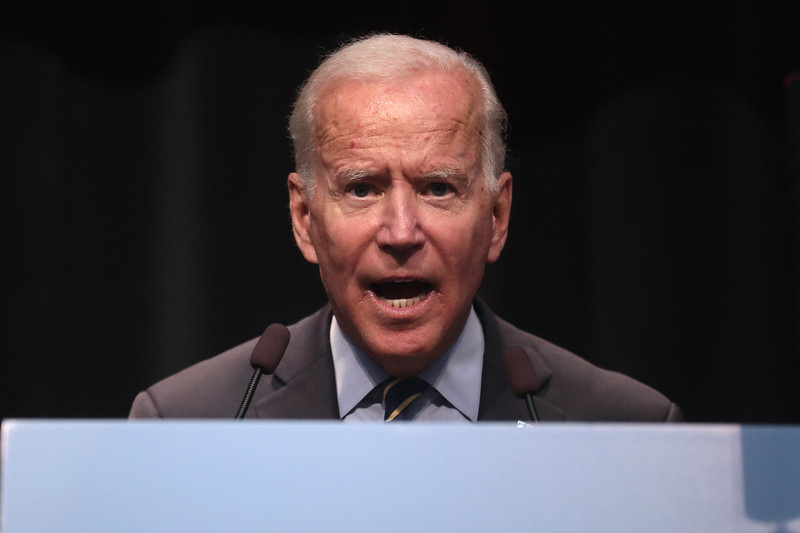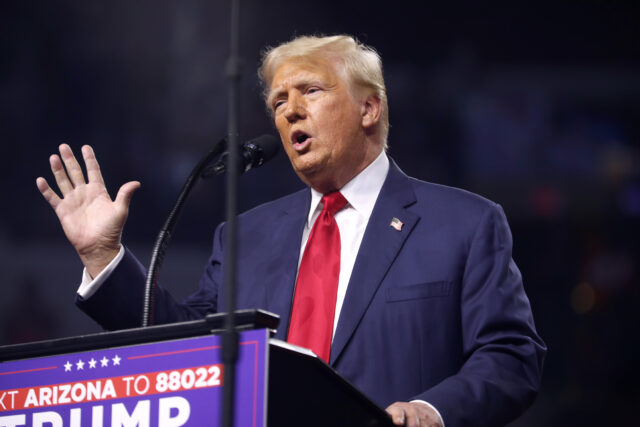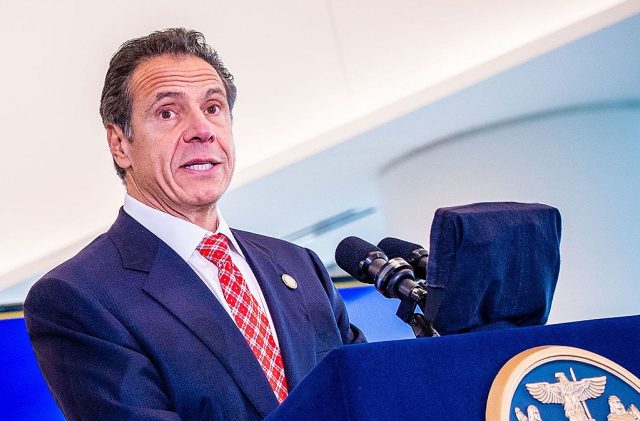Media Buzzes Over Trump’s Appearance – But Health Remains Strong, White House Says
President Donald Trump set off another round of social media speculation Friday after cameras caught what looked like copious amounts of makeup on his hand during public appearances in Washington.
A patch of foundation, slightly lighter than his skin tone, was visible while he toured an exhibit at The People’s House museum. Later that day, during the World Cup 2026 draw event at The Kennedy Center, Trump kept one hand over the other while addressing the crowd — a move that didn’t go unnoticed by outlets like The Daily Beast, which pointed out the recurring appearance of cosmetic cover.
This isn’t the first time similar images have made the rounds. Observers cited previous instances following Trump’s meetings with French President Emmanuel Macron in February, European Commission President Ursula von der Leyen in July, and U.K. Prime Minister Keir Starmer.
Asked about the chatter, White House Press Secretary Karoline Leavitt brushed aside the tabloid-style coverage.
“President Trump is a man of the people, and he meets more Americans and shakes more hands on a daily basis than any other president in history,” Leavitt told The Independent Saturday. “His commitment is unwavering, and he proves that every single day.”
The renewed scrutiny follows last month’s stir over photos showing discoloration and swelling in Trump’s legs during a FIFA Club World Cup appearance. The White House later confirmed the president has chronic venous insufficiency — a common circulatory condition in which blood pools in the veins due to weakened valves.
According to the Cleveland Clinic, the condition can lead to discomfort but is manageable. Leavitt said Trump isn’t in pain and hasn’t required treatment or changes to his daily routine.
In April, White House physician Capt. Sean Barbabella declared the president in “excellent cognitive and physical health” after his annual checkup. He attributed bruising on Trump’s hands to aspirin therapy, a standard precaution for heart health.
Leavitt emphasized that the president’s physician remains available to answer any medical questions and insisted, “There is nothing to hide.”
READ NEXT: Former Trump Ally Issues Fiery Response To Shock Report












